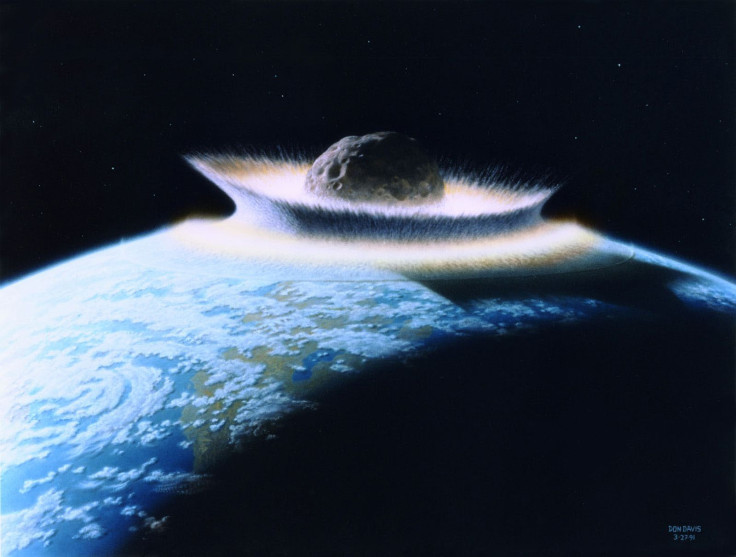NASA Warns Earth-Crossing Asteroid Could Cause Impact Event In 2023
NASA’s asteroid impact monitoring system has detected a space rock that could collide with Earth a couple of years from now. According to the agency, the asteroid follows a natural orbit that intersects with Earth’s path around the Sun.
The dangerous asteroid was detected by NASA’ Sentry, an automated tracking system that monitors near-Earth objects with non-zero impact probabilities. According to Sentry, the asteroid has been identified as 2005 ED224.
As indicated in NASA’s database, 2005 ED224 is currently traveling at an average speed of about 56,000 miles per hour. The agency estimated that the asteroid is about 177 feet wide, which makes it almost as big as the Leaning Tower of Pisa in Italy.
2005 ED224 is officially classified as an Apollo asteroid. This means that like other Apollos, 2005 ED224 has a wide orbit that goes around the Earth and the Sun. Occasionally, the asteroid’s orbit intersects with that of Earth as the planet completes its cycle around the massive star.
Due to the asteroid’s natural Earth-crossing orbit, NASA’s Sentry detected a total of five potential impacts on the planet caused by the space rock. These impacts could be caused by several factors in space that can significantly affect an asteroid’ trajectory.
One of these is a gravitational keyhole. This is a region in space that’s heavily affected by the gravitational pull of a nearby planet. If 2005 ED224 passes through a keyhole, the asteroid could get nudged into a path that will take it straight to Earth.
According to NASA, the possible Earth impacts caused by 2005 ED224 could take place between 2023 and 2064. The asteroid’s first potential strike is expected to happen on March 11, 2023.
Usually, asteroids as big as 2005 ED224 burn up and break apart after entering Earth’s atmosphere. However, if 2005 ED224 is able to maintain its current velocity, it could go through the atmosphere and cause an impact event on Earth.
If this happens, that energy that will be released from the asteroid’s Earth could be powerful enough to affect a relatively large area such as a town.

© Copyright IBTimes 2024. All rights reserved.











